Issue #30: Chatting with Kira Klaas
Ex-head of brand at Notion & Brex and advocate for brand buy-in
Today, I’m so excited to be sharing a conversation with a Substack pal of mine, Kira Klaas.
is an amazing brand marketer with experience at Redbubble, Brex, Notion, and more. She recently came back from a sabbatical spent traveling around the world with her husband. She also writes an amazing Substack newsletter called – all about the importance of brand and securing brand-building buy-in. I’m such an admirer of Kira’s career in brand marketing, her decision to take a sabbatical, her drive to build communities, and her advocacy for brand buy-in. Heads up: this post is a long one, so you may need to click on “View entire message” or read it on the Substack app to view the full thing.Alright, let’s dive into the conversation with Kira!
CA: Kira, so excited to speak with you! Let’s start with a little bit about your background. Where did you get started, and what has your career path looked like?
KK: I started my career as a social media manager for the ecommerce platform Redbubble. Social media can be a great launch platform for any career in marketing—it’s both technical and creative; you need to understand the nuances of each platform and learn to analyze trends and results, and you practice experimentation and learning from your audience daily. It’s a cross-functional role that introduced me to other marketing channels that became part of my scope when I was recruited into Gusto, which also marked my move into SaaS. At Gusto, I spent time on the social media, content marketing, and comms teams, honing “the craft” (learning design, copy, and campaign best practices) and figuring out where I wanted to focus as my career progressed.
A few years in, a former manager at Gusto referred me to Brex, which had just emerged from stealth and didn’t have a marketing team. I was hired as the first marketer and quickly realized that Brex was a place where no one was going to tell you what you should be working on, that it’s up to everyone to figure out how to make an impact, and to ask forgiveness, not permission. From day one, I cut my teeth working directly with the founders and C-suite on articulating the brand vision, building the brand identity, and laying the groundwork for scalable demand channels.
When, a little over three years later, Notion reached out about scaling their brand and campaigns function, it felt like the ideal next step to take what I’d learned and apply it on a global scale. I built a team and ran campaigns across the US and Canada, Japan and Korea, the UK and Ireland, and France.
CA: Let’s dig into your time at Notion! I’m a huge fan of the brand. What were some of your favorite projects that you worked on at Notion?
KK: Notion’s founding team had a strong creative vision from the start, especially around the visual brand, and Notion’s user community is pretty much the envy of any SaaS company. So while there was a lot to work with, the big change for the team was focusing on upmarket B2B audiences rather than consumers. Most SaaS companies have gone through a similar shift over the past few years, and it’s a very different go-to-market motion and brand marketing strategy to reach B2B decision makers (a shift I recently wrote a deep-dive on).
One of my favorite projects was a global pop-up series that added an experiential element to the markets we ran campaigns in, including SF, New York, Tokyo, London, Mexico City and São Paulo. We saw incredible engagement at the physical events and the evangelism they generated led to measurable top of funnel growth and conversion.
Our biggest integrated campaign, “For your life’s work,” was Notion’s first global push and I loved the creative (though also logistical) challenge of scaling ads across 4 languages and 8 countries!
CA: What made you take the leap to traveling around the world over the past year? What were some of your favorite places/experiences?
KK: I got married last September, and that was a milestone my husband and I had picked out as an ideal time to take an extended break to travel—something we’d both been dreaming about for the past few years of our careers. Working in tech (he’s a product manager) is intense, COVID was intense, and there’s so much more to the world than our bubbles. Plus, climate change is dramatically affecting and in some cases decimating nature and we felt urgency to visit some far-flung places before they disappear—like coral reefs, rainforests, and wetlands.
Our sabbatical took us to a range of incredible places—a month-long camping road trip in Australia stands out for the pure freedom and easy access to both wilderness and world-class cities. Overnight trekking in the Sumatran rainforest showed me how adventurous I can be. El Salvador and Albania stood out as societies emerging from challenging decades that seem filled with optimism and opportunities for adventurous tourism. The Dordogne Valley in France is pure magic. Diving in Raja Ampat in Indonesia or Richelieu Rock in Thailand changed the way I think about life on our planet.
The list goes on—I feel very lucky and much more aware of the realities of our planet and my own life. Mostly for our own memories, we’re working on a list, 52 Places to Go On Your Sabbatical (á la New York Times’ 52 Places lists) that I’ll publish on my (non-work-related) Substack, Sabbatique. Coming soon!
CA: You teach top brand marketing and brand strategy courses on platforms like Maven. How did you get started teaching?
KK: In 2022, the Reforge team reached out proactively about building a brand marketing program, a new course for their platform. I joined two other marketing experts in working with Reforge on a comprehensive 6-week dive into brand strategy and marketing fundamentals (available on demand for anyone with a Reforge account).
Last year, the Maven team recruited me as they were scaling their marketing content. The course with Reforge had prepared me to think about what an even more advanced and tactical course could look like—one intended for full-time, senior brand operators, built around my library of Notion templates. Overall it’s one of the best things I’ve done for my career—it’s been a forcing function for me to refine my thinking and it’s introduced me to dozens of people in my industry—much like being on Substack has!
CA: What are 1-2 insights from those courses that you could share with the Brand Baby audience here?
KK: My course, Brand for Growth-Stage Leaders, has 5 modules that map to the lifecycle of a brand’s development (opportunities, alignment, resourcing, campaigns, insights). Yes, I really spend an entire module on how to get alignment around the brand and the various decisions that come with it—it’s just that important, though there are times we’d all love to skip it and get to the creative work!
With almost everyone I speak to, misalignment is at the root of the challenges they’re facing internally—over the goals of a rebrand or refresh project, over who’s the final decision-maker, or over who the brand is for.
I made guides for tactically auditing your stakeholders (your “brand decision-makers”) so you can understand their motivations and goals and then present those gaps and misalignments back to the group for resolution. You may know intuitively how the brand needs to change, but so much of the job is about making sure everyone is on the same page and especially that they understand *why* the work is valuable. Even with the best creative idea, you need to substantiate your beliefs and creative intuitions in order to get the time, buy-in, and resourcing you need to successfully lead and execute world-class brand work. My next cohort is starting September 2!
CA: Tell me about Zips! What inspired you to launch a DTC brand? (P.S. I love your website!)
KK: Zips has been a fun sabbatical project with my husband! Two years ago, mouth-taping completely changed his sleep quality—he started out with a recommendation from my aunt, who’d been using generic medical tape to keep her mouth taped and make it easier to breathe through her nose and sleep more deeply. But mouth-taping already seems weird off the bat, and most of the brands in the space were pretty sterile or quasi-medical (nothing like an “anti-snoring device” to make you feel sexy). They didn’t approach mouth-taping as a wellness habit, or focus on breath as a major part of overall health. I wanted to design a brand that was playful and recognized breathing and sleep as crucial parts of your well-being (sleep’s gotten better PR; how we breathe hasn’t quite as much). As for operations, it runs as a self-sustaining passive income stream and we mostly sell recurring subscriptions to people committed to mouth-taping as part of their evening routine! If you want to try it, you can use ZIPS10 to take 10% off (free shipping)!
CA: What have been some of your favorite parts of working on this brand, and what have been some challenges?
KK: Hands down, my favorite part was designing the branding 😅—I’m truly a brand-builder at heart. Full credit to my husband for building our supply chain, sourcing manufacturing, managing the financials and more. We work well together and have different areas of ownership. The challenges have been numerous, honestly; ecommerce backend is not super cute. The biggest obstacle was our shipping partner shutting down with little notice, which left us having to redesign our supply chain on the fly.
CA: How do you stay on top of brand trends and where do you get inspiration?
KK: Substack is ideal for this—Brand Baby was one of the first publications that drew me to the platform! Some recent favorites include
, , and . I’m also a long-time Jasmine Bina fan (her podcast Unseen Unknown and blog Concept Bureau are great).Then there are the old standbys, Brand New by Under Consideration, and I love Magazine B when I want to go deep on a brand’s evolution and the role it’s played culturally.
Inspiration comes from everywhere. I take photos of outdoor and online campaigns, of artwork, of digital product UI, of restaurant menus. Some trends cycle out fast, others are eternal. I try to design brands that combine modern and classic elements to promote memorability and aspiration without losing staying power.
CA: What are a few brands that you’ve been admiring recently, and why?
KK:
Quince: It’s very difficult to build a trustworthy and compelling brand around “generic” or “dupe” products. I have a handful of Quince sweaters and silk skirts, and both the product and customer service quality are very high. Like The Ordinary, they’ve done a great job creating a mature and scalable brand identity in an extremely competitive space.
Partiful: A simple product, but one that entered a really commodified space and is winning through brand. Eventbrite might be the biggest name, but their brand has been…uninspired for a while now. Partiful’s approach is fresh, fun, and not too precious—just like the best parties!
Perplexity: The AI branding space is simultaneously experiencing a moment of opportunity and saturation—it’s hard to stand out. AI is evolving so quickly that brand is absolutely going to determine the winners. While I use Claude the most, Perplexity is the brand to watch. They worked with Smith & Dixon last year on their identity and I’m very interested to see how they take their brand to market to build awareness, especially in the face of heavy competition from SearchGPT and others.
CA: What’s something that you’ve purchased recently and loved?
KK: Fresh produce from my local farm stand. 🥕 It’s the best part of summer, and now that we’re not full-time on the road anymore, I’m SO excited to get back to regular cooking! I made a whole roast chicken the other day and was surprised at how easy it was.
CA: After your year of travel, what’s next for you?
KK: I spent time during my sabbatical building and teaching my Maven course and advising startup founders and marketing leaders on brand and overall marketing strategy. That work has been very fulfilling and I plan to continue it, but I’m also planning to return to full time corporate work. I’ll be announcing something soon—stay tuned!
Thank you so much for joining me, Kira! If you’re interested in connecting with Kira, check out her Substack and connect with her on LinkedIn.





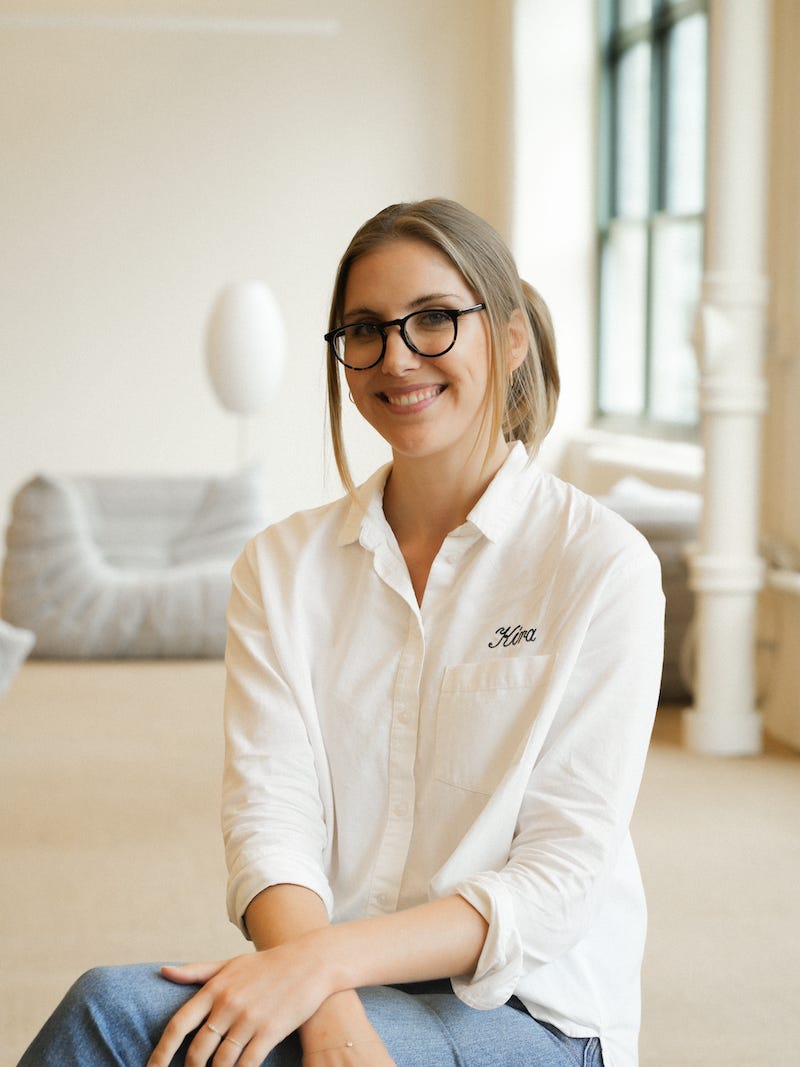

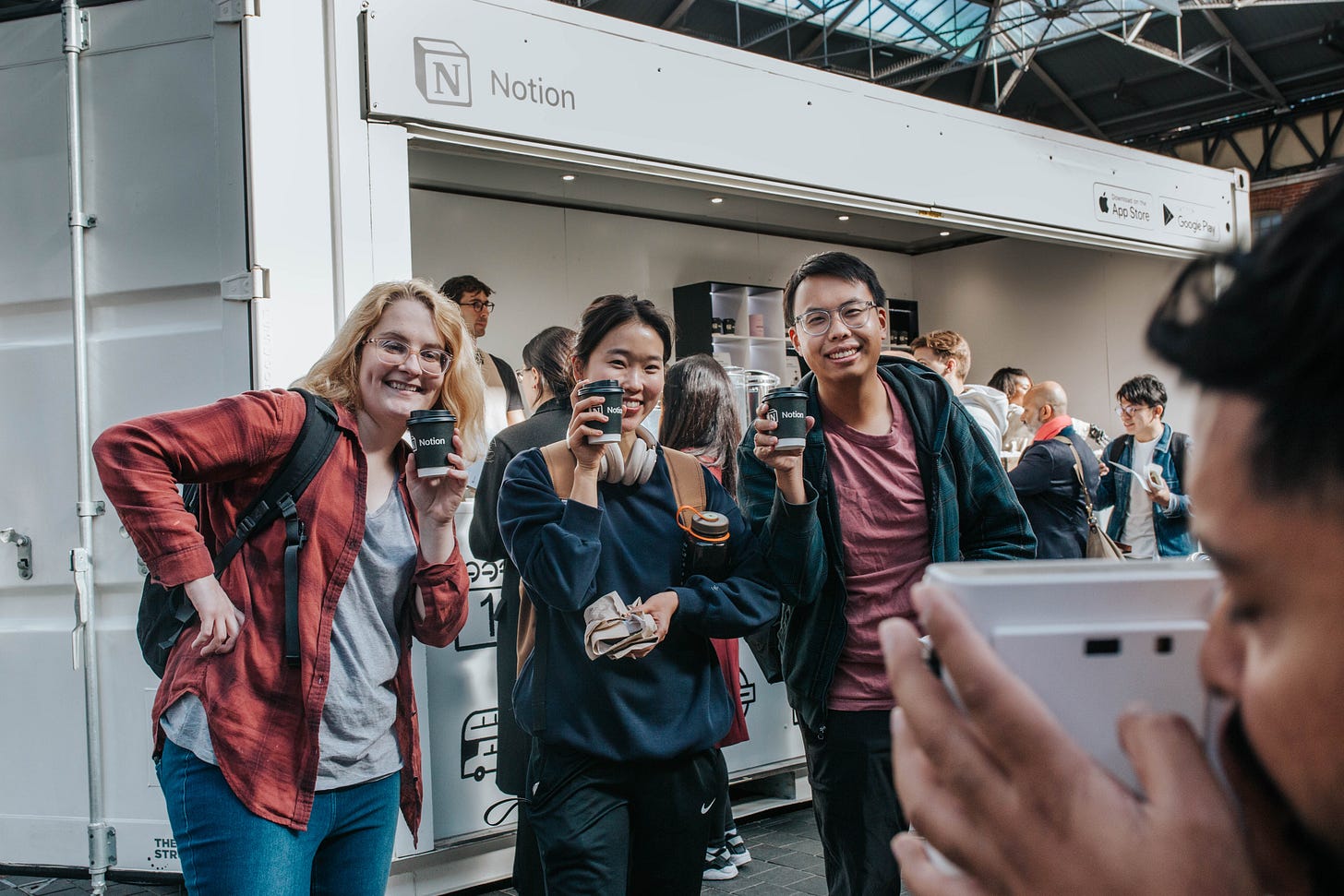
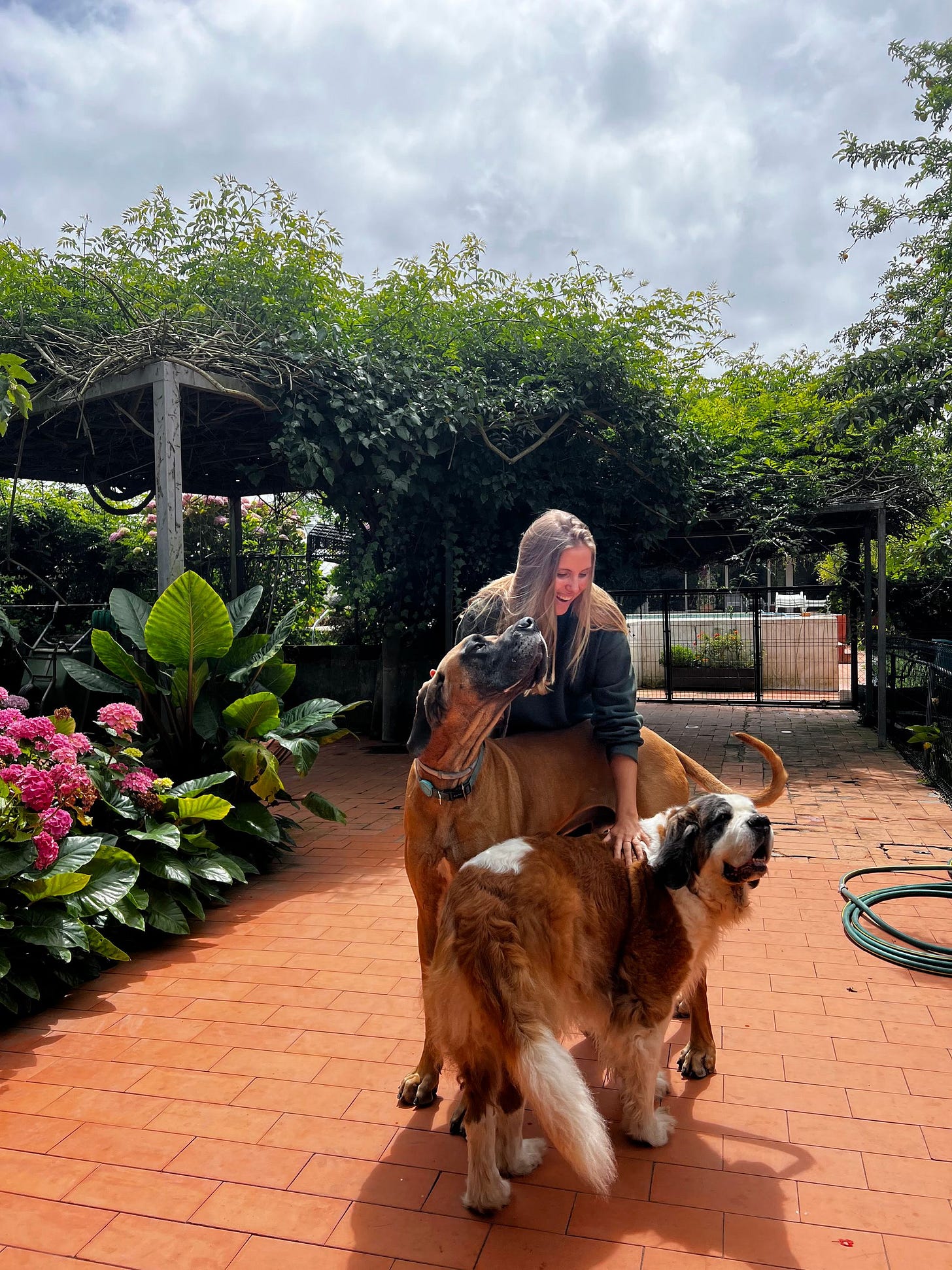
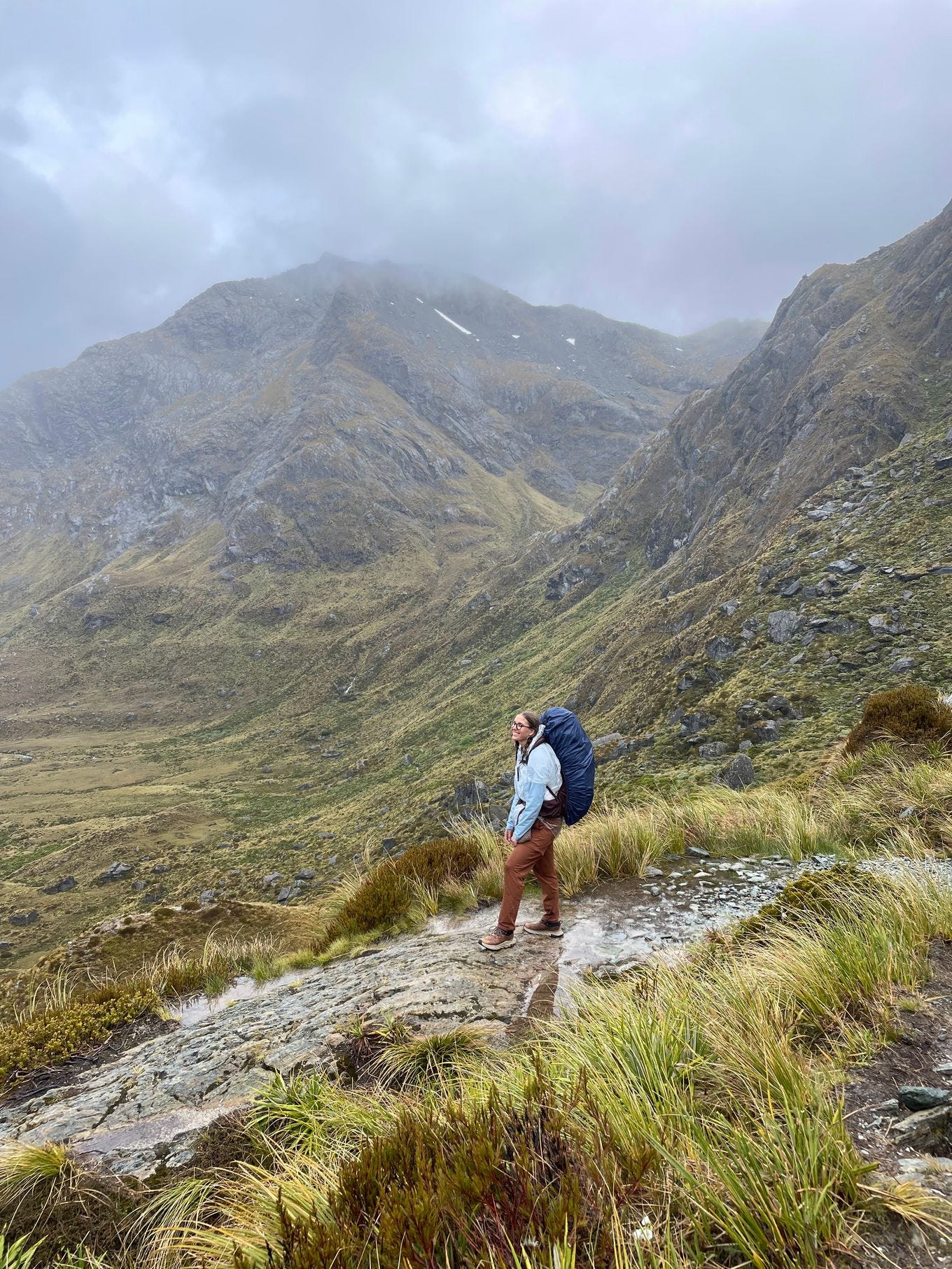
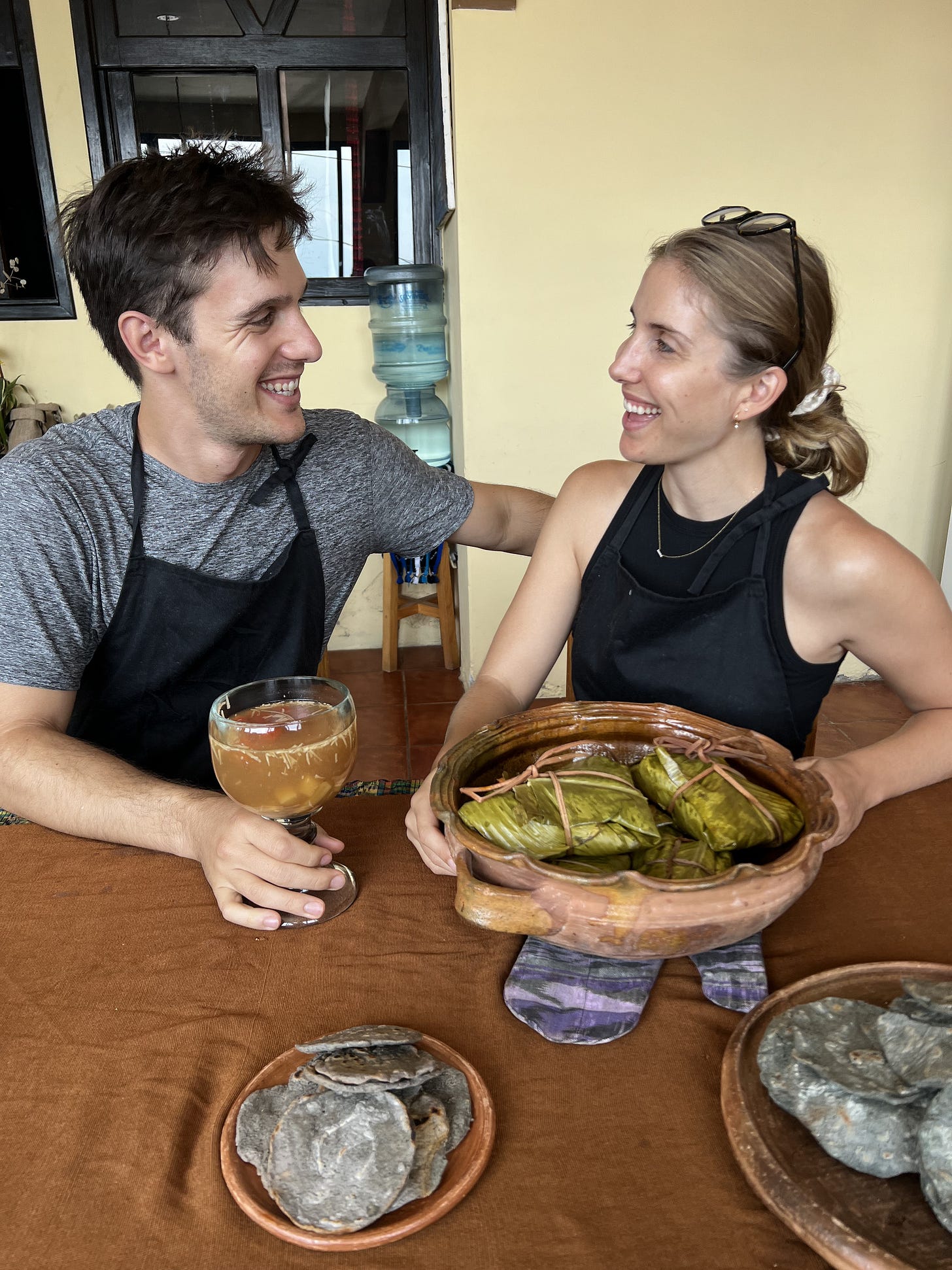

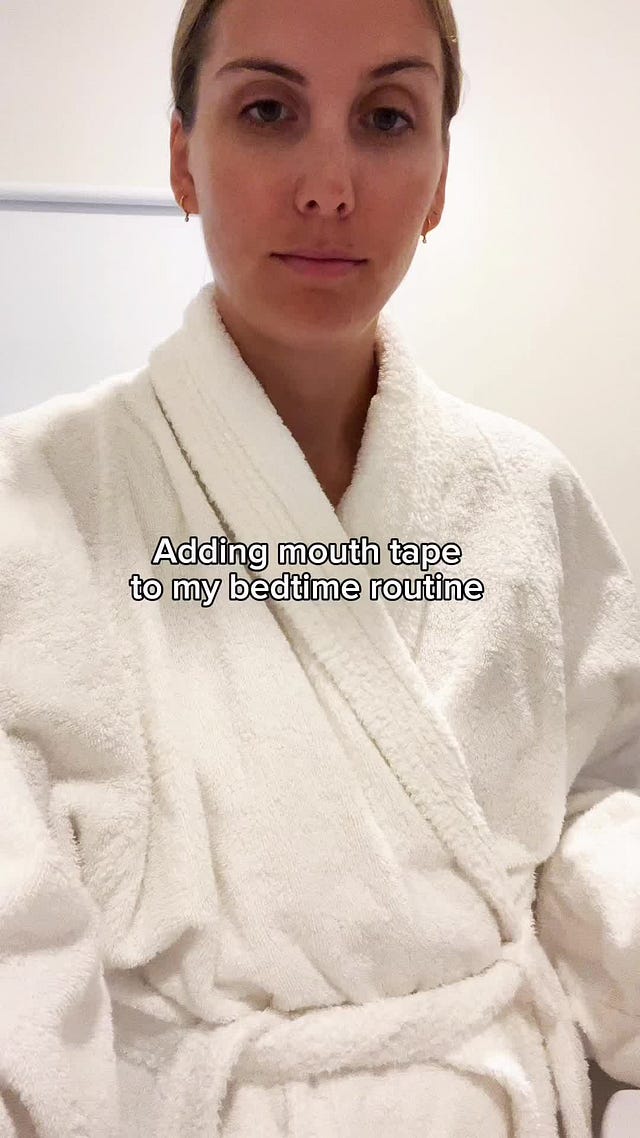

Biggg +1 on partiful and perplexity! I just wrote about how perplexity is really differentiating themselves with their incognito marketing approach last week. I also enjoy Kira’s content as a PMM!
Kira has had such an inspiring career AND sabbatical! Loved hearing more from her in this interview 🤍 Also a big Partiful fan (though simultaneously I love Paperless Post and just want them to.. evolve?!)